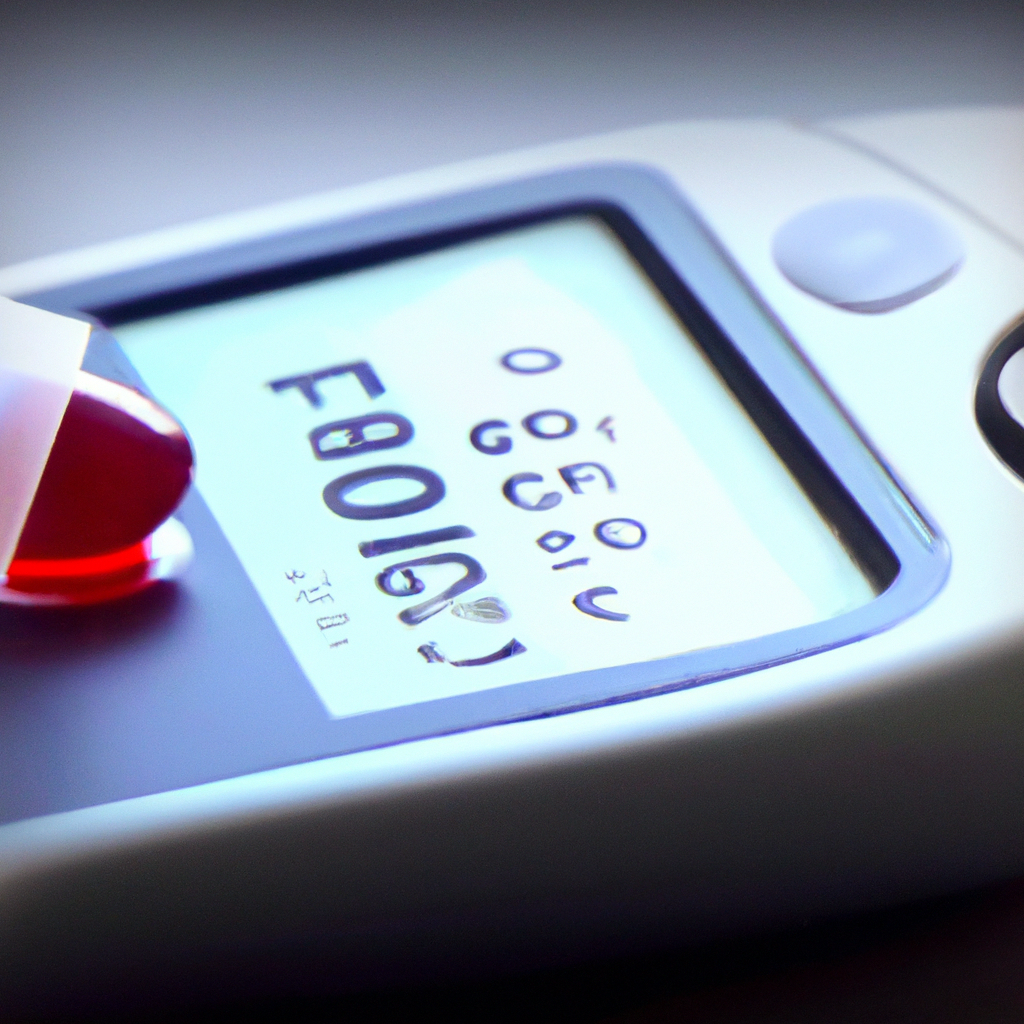-
Reading Roadmap
- Measuring Glucose for Diagnosing Gestational Diabetes Mellitus
- Key Takeaways
- Introduction: Understanding Gestational Diabetes Mellitus
- The Importance of Glucose Testing in Diagnosing GDM
- Debate Over Glucose Thresholds for GDM Diagnosis
- Emerging Technologies and Research in GDM Diagnosis
- FAQ Section
- What is Gestational Diabetes Mellitus (GDM)?
- How is GDM diagnosed?
- What are the recommended glucose thresholds for GDM diagnosis?
- What are some emerging technologies and research in GDM diagnosis?
- What are the potential complications of GDM?
- Conclusion: The Future of GDM Diagnosis
- Further Analysis
Measuring Glucose for Diagnosing Gestational Diabetes Mellitus

[youtubomatic_search]
Key Takeaways
- Gestational Diabetes Mellitus (GDM) is a common health issue during pregnancy, affecting up to 10% of pregnancies worldwide.
- Early detection and management of GDM are crucial to prevent complications for both mother and baby.
- Glucose testing is the primary method for diagnosing GDM, with the Oral Glucose Tolerance Test (OGTT) being the most commonly used.
- There is ongoing debate about the optimal glucose thresholds for diagnosing GDM, with different health organizations recommending different levels.
- Emerging technologies and research may offer new ways to diagnose and manage GDM in the future.
Introduction: Understanding Gestational Diabetes Mellitus
Gestational Diabetes Mellitus (GDM) is a condition characterized by high blood glucose levels that develop during pregnancy. It is a significant health concern, affecting up to 10% of pregnancies worldwide according to the International Diabetes Federation (IDF). If left untreated, GDM can lead to serious complications for both mother and baby, including preterm birth, large birth weight, and increased risk of type 2 diabetes later in life.
The Importance of Glucose Testing in Diagnosing GDM
Early detection and management of GDM are crucial to prevent these complications. The primary method for diagnosing GDM is glucose testing. The most commonly used test is the Oral Glucose Tolerance Test (OGTT), which measures the body’s ability to metabolize glucose. During the test, the pregnant woman fasts overnight, then consumes a glucose-rich drink. Her blood glucose levels are then measured at regular intervals to see how well her body processes the glucose.
Debate Over Glucose Thresholds for GDM Diagnosis
However, there is ongoing debate about the optimal glucose thresholds for diagnosing GDM. Different health organizations recommend different levels. For example, the World Health Organization (WHO) recommends a fasting glucose level of 5.1 mmol/L or higher for GDM diagnosis, while the American Diabetes Association (ADA) recommends a level of 5.3 mmol/L or higher. This discrepancy can lead to confusion and inconsistency in GDM diagnosis and management.
Emerging Technologies and Research in GDM Diagnosis
Despite these challenges, there is hope for the future. Emerging technologies and research may offer new ways to diagnose and manage GDM. For example, continuous glucose monitoring (CGM) devices, which measure glucose levels in real-time, could provide a more accurate and comprehensive picture of a woman’s glucose levels throughout the day. Additionally, research is exploring the role of genetic factors in GDM, which could lead to more personalized diagnosis and treatment strategies.
FAQ Section
What is Gestational Diabetes Mellitus (GDM)?
GDM is a condition characterized by high blood glucose levels that develop during pregnancy. It can lead to complications for both mother and baby if left untreated.
How is GDM diagnosed?
GDM is primarily diagnosed through glucose testing, with the Oral Glucose Tolerance Test (OGTT) being the most commonly used.
What are the recommended glucose thresholds for GDM diagnosis?
There is debate about the optimal glucose thresholds for GDM diagnosis, with different health organizations recommending different levels. For example, the WHO recommends a fasting glucose level of 5.1 mmol/L or higher, while the ADA recommends a level of 5.3 mmol/L or higher.
What are some emerging technologies and research in GDM diagnosis?
Emerging technologies like continuous glucose monitoring (CGM) devices and research into genetic factors could offer new ways to diagnose and manage GDM in the future.
What are the potential complications of GDM?
If left untreated, GDM can lead to serious complications for both mother and baby, including preterm birth, large birth weight, and increased risk of type 2 diabetes later in life.
Conclusion: The Future of GDM Diagnosis
In conclusion, GDM is a significant health concern that requires early detection and management to prevent complications. Glucose testing, particularly the OGTT, is the primary method for diagnosing GDM. However, there is ongoing debate about the optimal glucose thresholds for diagnosis, leading to inconsistency in GDM management. Despite these challenges, emerging technologies and research offer hope for more accurate and personalized GDM diagnosis and treatment in the future.
[youtubomatic_search]
Further Analysis
As we continue to explore the complexities of GDM diagnosis, it is clear that a one-size-fits-all approach may not be sufficient. The future of GDM diagnosis likely lies in a combination of traditional glucose testing, emerging technologies like CGM, and personalized medicine based on genetic factors. As research continues to evolve, it is crucial that health professionals stay informed and adapt their practices accordingly to ensure the best outcomes for mothers and babies.







